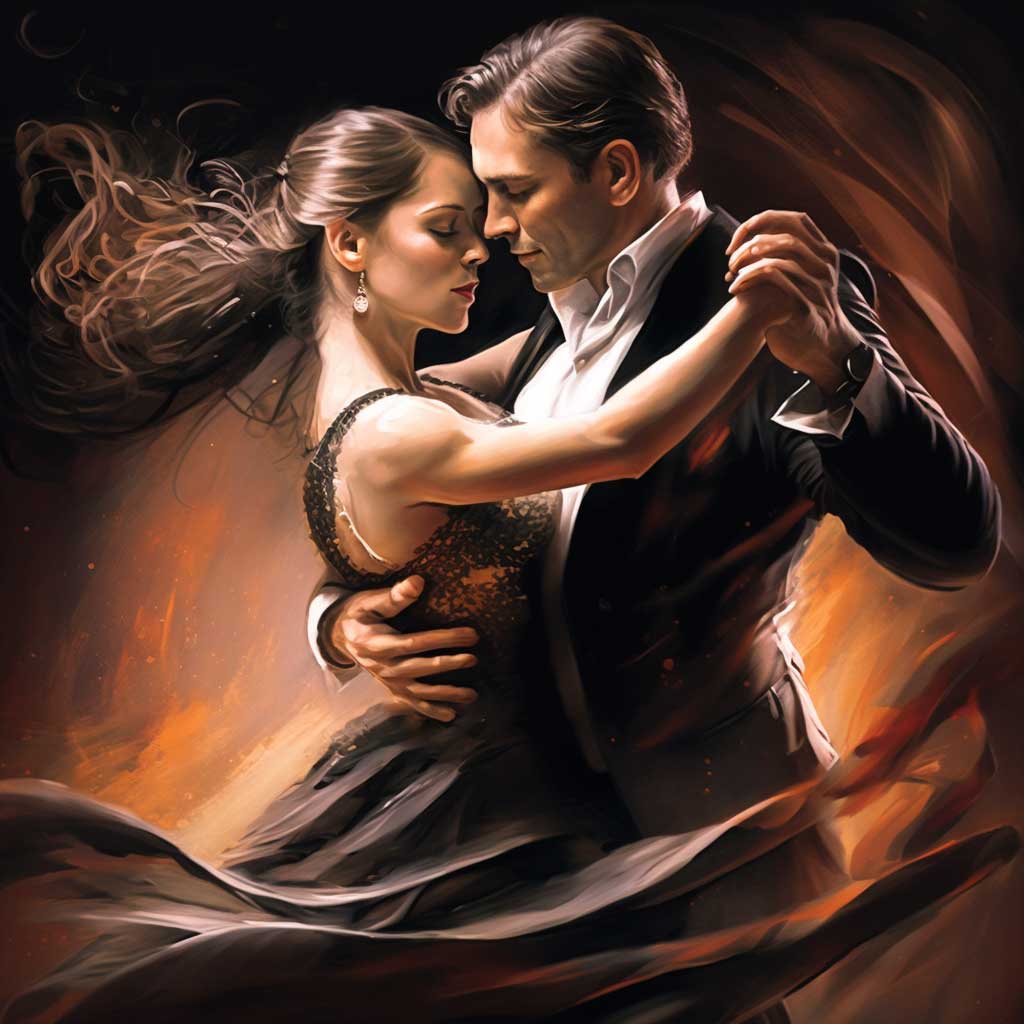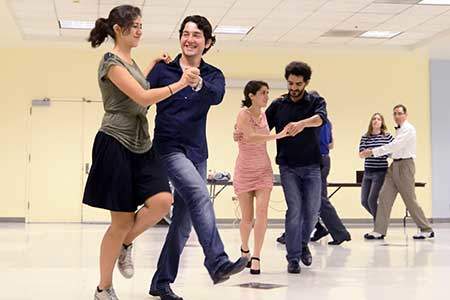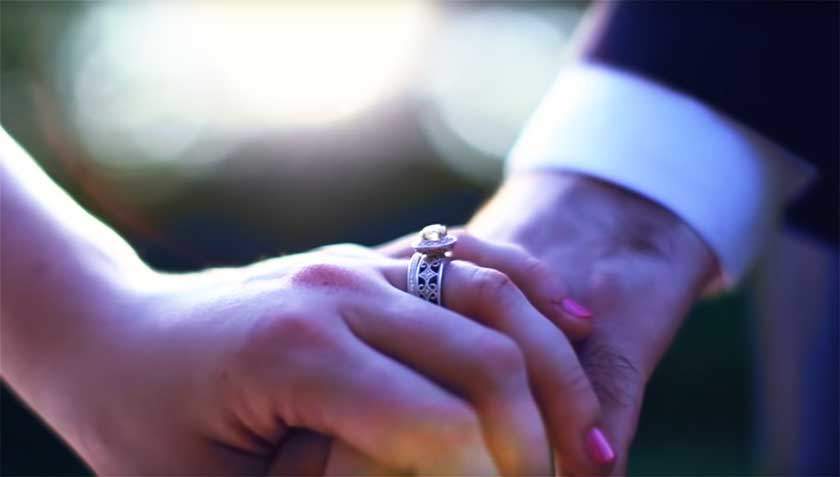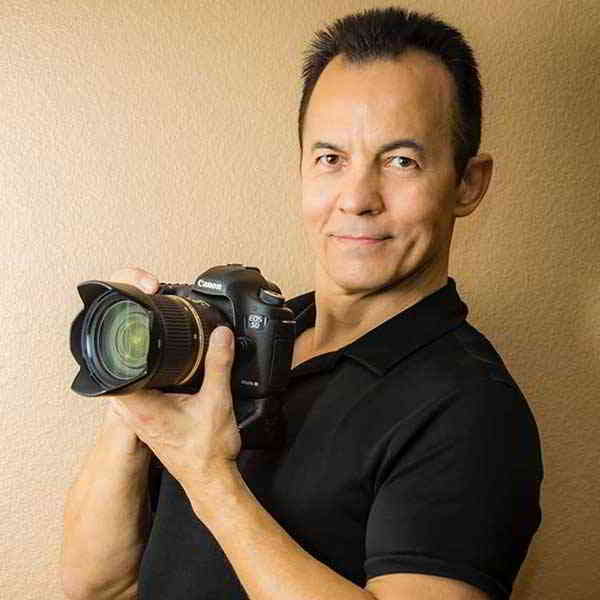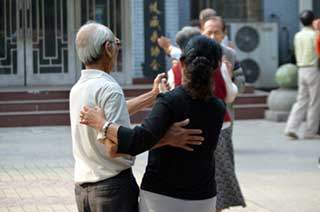ORIGIN OF BALLROOM DANCES
A History of Modern Ballroom Dance
update 07/20/21
Ballroom dancing is a world of class, tradition, and passion. There is a great history behind ballroom dancing, both competitively and recreational speaking. “Ball” is derived from the Latin word “ballare” which means “to dance.” Modern ballroom dancing comprises of the “International” and “American” dance styles. These dance styles are famous all over the world. They are not only performed in social gatherings but in competitions as well.
The Origins
Ballroom dancing traces its origins to the early 20th century when the West End establishments were developing the art of ballroom dancing. The world’s leading board for ballroom dance examinations, the Imperial Society of Teachers of Dancing (ISTD), was established in 1904. There were some notable people who were instrumental in the development and promotion of modern ballroom dance. These notable people included Josephine Bradley, the ‘First Lady’ and world-class champion of ballroom dance; GK Anderson who founded the English style; Lady Humphries who helped establish the Modern Ballroom Dance Faculty of the Imperial Society; and Alex Moore who contributed to the writing of Technique of Ballroom Dancing.
Pre 18th Century
The majority of the dances in this time were either court dances or country dances. In the court dances, there was little physical contact between the dancers, and were very proper in form with feet turned out and other very specific ways. They also had very elaborate routines with bows and curtsies to keep a conversation going between the two dancers. Finally at the beginning of the 18th-century people began to add in what is called the closed hold.
The Closed Hold
The dance moves in modern ballroom dancing have now been standardized, and presently, a dancer needs to pass several levels to be considered a master of ballroom dance. This is because ballroom dances are intricate, and they contain specific techniques, tempos, vocabularies, and rhythms, which take time to learn. Although every ballroom dance style has its own particular aesthetics and rhythms, they still have a commonality that makes them somewhat similar. One commonality is that they are all performed by a pair of dancers, and they are danced in “closed hold”. In the closed hold dances, the couples are required to maintain five areas of contact with each other, with the man’s left hand holding the woman’s right hand, the woman’s left elbow resting on the man’s right elbow, the woman’s left hand on the right upper arm of the man, the man’s right hand on the woman’s shoulder, and the right parts of their chests touching.
The Waltz
This dance came into existence in the 18th century and became the first dance where people actually connected with this closed hold. Shockingly, this connection caused the dance to be considered immoral and scandalous. The name waltz came from the Italian word “Volver” which means to turn or to rotate. The Waltz follows a slow rhythm, and it is danced to about 30 bars or 90 beats per minute. Usually, one step is taken for every beat or three steps for every measure. Despite having a slow tempo, the waltz can have advanced figures that may require six steps per measure, which may be complemented with various turns. In dance sports competitions, the waltz features as the first single dance in the standard category. It was previously called slow waltz.
The Foxtrot
At the turn of the 20th century syncopated ragtime music became very popular around the world. A smooth dance like the waltz just would not match. Lots of “Trot” dances came into existence at that time starting with the Turkey Trot (which is a dance where people would flap their arms like wings). In 1914 Foxtrot was popularized by actor Harry Fox on the stage if the Ziegfield Follies. His quick jerky movement became a huge trend in New York. However, once it made its way into England, the jerky movements were smoothed out. What came out of this was that the Foxtrot became a lot smoother and more refined like the waltz. In the years that followed, it was split into two forms, namely, the slow foxtrot, which is now referred to as foxtrot, and the fast foxtrot, which is now called quickstep.
The Tango
Tango is a ballroom dance that originated in the slums of Buenos Aires in the late 19th century. Argentine gauchos and migrating blacks mixed cultures and dances in the well-known brothels of Barrio de las Ranas. From these interactions, the passionate and intense dance of the Tango was born. Just like the waltz this dance was shunned and considered filthy and immoral. But as time went on the dance became even more popular. In the United States, it became a huge hit right before the First World War. Vernon and Irene Castle really became huge front runners for the dance. A ton of Tango dance halls opened and people even danced the Tango between courses at fine dining restaurants. Eventually in 1920 the Imperial Society of Teachers of Dancing standardized the dance. Today there are two broad styles of modern-day ballroom tango, which are the American Style and the International Style. Even though both styles are very popular, the International style is preferred in dance competitions. The American style, on the other hand, gives the dancers more freedom, whereby open moves such as alternate hand hold, underarm turns, and side-by-side choreography can be executed.
The Viennese Waltz
In 1787 the Waltz began to appear in Vienna. As the dance got more and more popular, the music tended to start to get faster and faster. Sometime in the early 1800s popular Austrian composers increased the number of measures per minute of all their Waltzes which caused dancers to need greater technique and endurance. This faster more intense version of the Waltz became known as the Viennese Waltz. It incorporates various types of rotary dance moves which include turning in clockwise and counter-clockwise directions. When performing these moves, dancers execute non-rotating change steps.
The Quickstep
Quickstep developed from the original Foxtrot with its kicks, fast speed, and lots of energy. As Foxtrot slowed down and smoothed out, its predecessor, “Quick Time Foxtrot” (sometimes referred to as “Quick Time Foxtrot and Charleston”) developed into “Quick Step Foxtrot” and eventually Quickstep. The English continued to smooth out Quickstep, including Waltz-like elements while still trying to keep the high-energy Charleston influences with runs, skips, and fast chassés. Frank Ford and Molly Spain from England danced their version of the Quickstep at the 1927 Star Championships, as a couple’s dance, without the Charleston leg action. The couple’s part stuck, yet, in competition today, the kicks, Charleston moves, and fast footwork have made their return. Quickstep is known for being light and quick, exciting, and fun to dance.
Rumba
Rumba is a romantic Latin dance with Afro-Cuban origins. Rumba is kind of a more broad term that covers multiple types of dances and music such as Dazon, Guaracha, and Son. Most of these dances showcase faster hip movements and sexual strutting performed to a sensual and fiery orchestra. However, the ballroom version of Rumba comes from the slower less eroticized version called Son. By the late 1920s, America’s desire for Latin music was ignited. People like Xavier Cugat introduced more of the popular Rumba music which grew throughout the 1930s and 1940s. Finally, in 1950 the dance was standardized as a Ballroom Dance. Today the rumba is known for its romantic feel and sensual Cuban Motion (hip action).
Cha Cha
Cha Cha evolved from an earlier version of Cuban Mambo called Chassé Mambo. As the music slowed down, more time was added between the forward and back breaks needed extra steps to cover that time. Dancers began to chassé to fill that extra time. The dance is said to have gotten its name from the sounds of women’s shoes shuffling across the floor. In 1950 the United States was introduced to this dance craze. Enrique Jorrin, a Cuban musician was attributed with creating the first Cha Cha song. Today Cha Cha is lively and fun. It also really expresses and emphasizes rhythm through the body and hip action.
East Coast Swing
East Coast Swing traces its roots to the original swing dance Lindy Hop. Lindy Hop was created in the late 1920s by African American youth in Harlem. This dance was primarily done to swing and jazz music of the big bands such as Duke Ellington, Benny Goodman and Cab Calloway. It was really known for its dynamic moves and athletic ability. By the mid-1930s this dance started picking up other names like Jitterbug and Swing and was picked up by young people everywhere. In the 1940s Lindy Hop was made easier and more relaxed and became named a ballroom dance known as Eastern Swing. In the late 1970s, the name was finally changed to East Coast Swing. Today this dance is known for being fun and upbeat with a really cool bounce and rock step. It is also known for swing hip action like golf.
Bolero
Bolero, also known as the “Cuban Dance of Love”, is thought to have similar roots to Rumba. Oddly enough it is a Spanish dance with Moroccan roots. It is believed to have evolved from Afro-Cuban and Spanish folk dances such as Danzon, Beguine, and Fandango. It showed up in the mid-1930s in the United States and was danced to the sound of constant drum beats. Today Bolero music is known for its slow dreamy feeling with Spanish Vocals and soft percussion. The dance is also known for its romantic slow, smooth, gliding movements, graceful turns, and dramatic arm styling. It is almost as if the waltz, rumba, and tango came together to form one intricate dance.
Mambo
Mambo developed from the Cuban dance Danzon influenced by Cuban Haitians and American Jazz. Starting in a Havana nightclub in 1943 a man by the name of Perez Prado was credited with introducing the Mambo. Other Latin musicians such as Tito Rodriquez, Tito Puento and Xavier Cugat made some significant contributions to Mambo development and growth. Around 1947 Mambo arrived in the United States in New York. It quickly caught on and became the new dance trend. It reached its peak in about 1950 and its popularity started to drop as the Cha Cha was created from Mambo. Today the dance is noticeable from the strong Cuban Motion and staccato movement. It also has been called a fast and flirty dance.
Merengue
Merengue was developed in the Dominican Republic in the Early 1800s. It is actually now considered their national dance. The early music of Merengue usually included a vocalist back by an accordion, a metal scraper, and a double-headed Tambora drum played with a stick. Rumor has it that the dance got its look from an old war hero who returned home with an injured leg. While dancing he couldn’t help but limp. All of the villagers began to dance with a limp to show their respect and admiration of this war hero. In the early 1940s, the dance arrived in New York becoming a huge part of the Latin dance scene. Today the Merengue is known for its fun and easy feel to dance. It is also known for its marching feel and rhythm. It is also the dance that starts the basis of hip action in all the other Latin dances.
Samba
Samba comes from the Brazilian Plantations. Here the African rhythms of the slaves mixed with the European music. Samba music started off serving as an oral history and the dance was done solo with quick weight transfers and hips that moved rapidly. In the late 1920s, the Broadway musical Street Carnival brought Samba to the United States. The dance became more and more popular as it became exposed in more films. Fred Astaire and Delores del Rio danced in Flying Down to Rio. Carmen Miranda captivated the audiences in her films like That Night In Rio as well. In the 1960s Brazilian music became all the rage with the rise of Bossa Nova, which was a combination of Samba rhythms and cool Jazz. In 1956 the United States modified the dance into a partner dance and standardized it as a ballroom dance. However, in Brazil, it is still danced as a solo dance performed at festivals and celebrations. Today Samba is known for its upbeat, fun, and exciting music. The dance is also easily distinguishable by its bounce and rolling hip action.
West Coast Swing
There are many different origin stories for how the West Coast Swing developed from Lindy Hop. One is that dancers became tired of being kicked by the wild crazy movements of Jitterbug dancers and began dancing in a slot. Another is that once Big Band started to fade out and Blues clubs started to phase in, they modified Lindy Hop to fit into smaller places with slower music. Others believe Hollywood dancer Dean Collins created the dance in a slot because the camera could film it from better angles. Either way, the dance was created in California in the 1940s. Originally this dance style was called Western Swing since it was developed on the Western side of the United States. In 1950 the dance was renamed West Coast Swing. Today it is actually California’s state dance and is popularly danced throughout the United States and Canada. This dance is known for its smooth sensual feeling and large ability to improvise.


